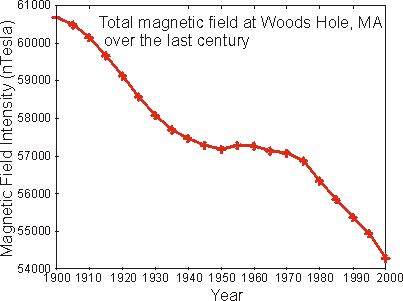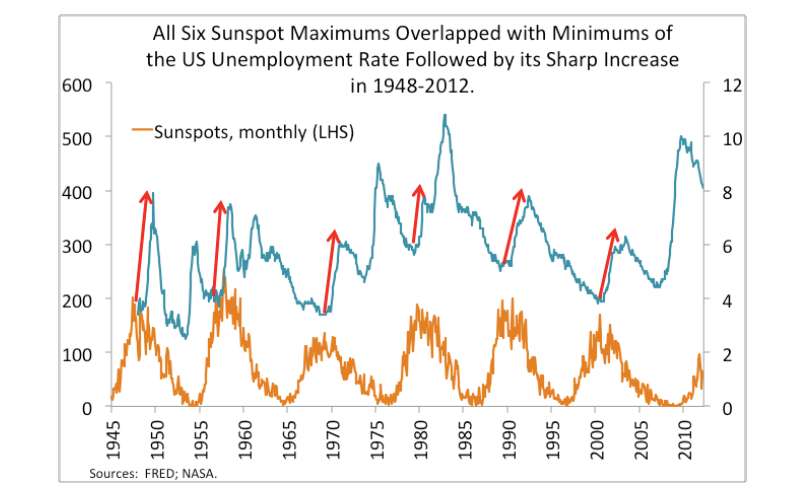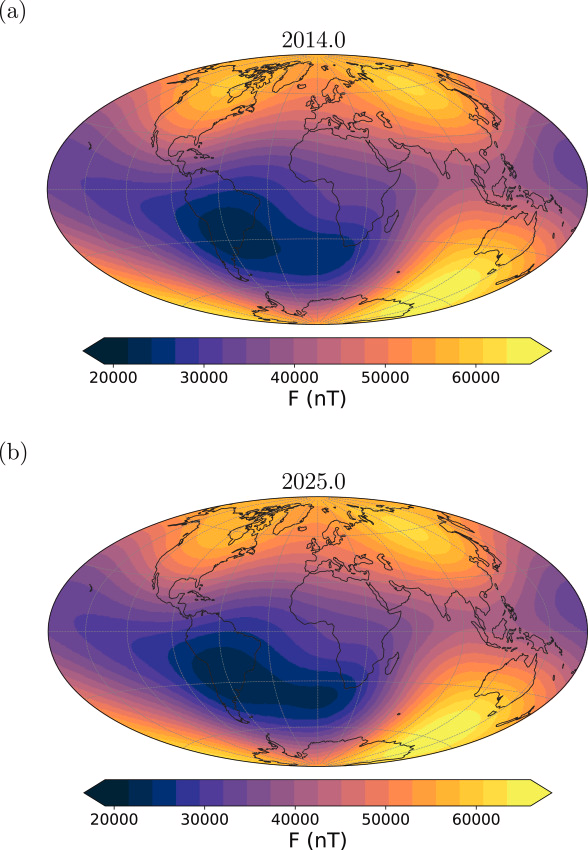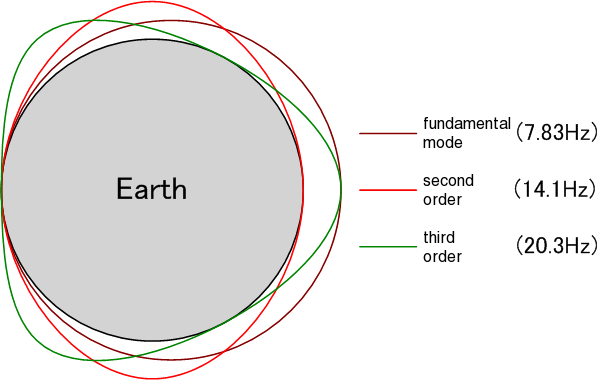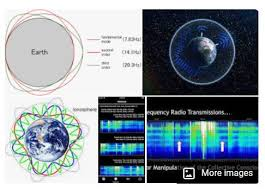Fusion energy is the ultimate power source, but it's a complete zoo of different reactor designs.
Here's how each one works, the companies building them, explained in chronological order 🧵 1/N
Here's how each one works, the companies building them, explained in chronological order 🧵 1/N

0.1/
What is Fusion?
When you take hydrogen (or other fuel) and compress it for sufficient density, temperature, and time, the atomic nuclei 'fuse' together to form a heavier element.
This releases energy.
Deuterium-Tritium is the easiest to 'burn', but other fuels exist


What is Fusion?
When you take hydrogen (or other fuel) and compress it for sufficient density, temperature, and time, the atomic nuclei 'fuse' together to form a heavier element.
This releases energy.
Deuterium-Tritium is the easiest to 'burn', but other fuels exist


0.2/
Many devices have been designed and built to achieve nuclear fusion, all striving for the "Lawson criterion" - when the fusion reaction becomes self-sustaining
Generations of scientists and engineers and their struggles for 'confinement' of plasma, in a single plot
Many devices have been designed and built to achieve nuclear fusion, all striving for the "Lawson criterion" - when the fusion reaction becomes self-sustaining
Generations of scientists and engineers and their struggles for 'confinement' of plasma, in a single plot

1.0/
Let's start at the beginning. The Z-pinch device was first developed in the 1940's, and the concept is simple:
Run current through a plasma in a straight line, and its own self-Lorentz force will cause it to contract. The plasma "pinches" itself and ignites via fusion


Let's start at the beginning. The Z-pinch device was first developed in the 1940's, and the concept is simple:
Run current through a plasma in a straight line, and its own self-Lorentz force will cause it to contract. The plasma "pinches" itself and ignites via fusion


1.1/
The tough part is that plasma is inherently unstable. The Z-pinch device suffers from an instability called "kink instability." Like a buckling column, a small kink rapidly grows larger under its own forces, disrupting the plasma


The tough part is that plasma is inherently unstable. The Z-pinch device suffers from an instability called "kink instability." Like a buckling column, a small kink rapidly grows larger under its own forces, disrupting the plasma


1.2/
The Z-machine at @SandiaLabs is the world's largest Z-pinch-based device. It runs 20 million amps and releases 3 sticks of dynamite worth of energy in each pulse. But it doesn't produce more energy than it takes - it's a research device used to generate hard X-rays
The Z-machine at @SandiaLabs is the world's largest Z-pinch-based device. It runs 20 million amps and releases 3 sticks of dynamite worth of energy in each pulse. But it doesn't produce more energy than it takes - it's a research device used to generate hard X-rays

1.3/
A major breakthrough for Z-pinches came when scientists realized they could stabilize plasma instabilities through shear flow, or, when different layers of plasma are moving at different speeds.
These scientists started @Energy_Zap which has raised over $200m to date.


A major breakthrough for Z-pinches came when scientists realized they could stabilize plasma instabilities through shear flow, or, when different layers of plasma are moving at different speeds.
These scientists started @Energy_Zap which has raised over $200m to date.


2.0/
Magnetic Mirrors were the next fusion device to be explored in earnest. Similar magnet geometry as a Z-pinch but the concept is different:
Add energy into the plasma (via RF, or particle beams) but keep the hot gas bottled in by magnetic fields.


Magnetic Mirrors were the next fusion device to be explored in earnest. Similar magnet geometry as a Z-pinch but the concept is different:
Add energy into the plasma (via RF, or particle beams) but keep the hot gas bottled in by magnetic fields.


2.1/
Peak "Mirror" development was reached in 1986 at @Livermore_Lab, with the christening of the Mirror Machine.
Truly a work of art in addition to science and engineering, due to budget cuts the project was built and finished - and then never turned on.



Peak "Mirror" development was reached in 1986 at @Livermore_Lab, with the christening of the Mirror Machine.
Truly a work of art in addition to science and engineering, due to budget cuts the project was built and finished - and then never turned on.



2.2/
Mirrors had a fatal drawback, however - particles traveling near the center axis of the magnetic mirror don't get bounced back, they escape - this angle defines the 'loss cone'
The 1980s was a big shoot-out between mirrors and tokamaks - and tokamaks won.
Mirrors had a fatal drawback, however - particles traveling near the center axis of the magnetic mirror don't get bounced back, they escape - this angle defines the 'loss cone'
The 1980s was a big shoot-out between mirrors and tokamaks - and tokamaks won.

2.3/
Recently new ideas have been applied to magnetic mirror concepts, leveraging advances in high-temperature superconductors, plasma modeling, and instrumental control.
@RealtaFusion has raised $12m to commercialize their 'tandem mirror' device
Recently new ideas have been applied to magnetic mirror concepts, leveraging advances in high-temperature superconductors, plasma modeling, and instrumental control.
@RealtaFusion has raised $12m to commercialize their 'tandem mirror' device

3.0/
Lyman Spitzer of @Princeton thought, magnetic mirrors only lose particles at the ends, so why not join the ends to make an infinite-length bottle? Then there would be no escape path and all the heat would be contained.
Thus the Stellarator was born in 1951


Lyman Spitzer of @Princeton thought, magnetic mirrors only lose particles at the ends, so why not join the ends to make an infinite-length bottle? Then there would be no escape path and all the heat would be contained.
Thus the Stellarator was born in 1951

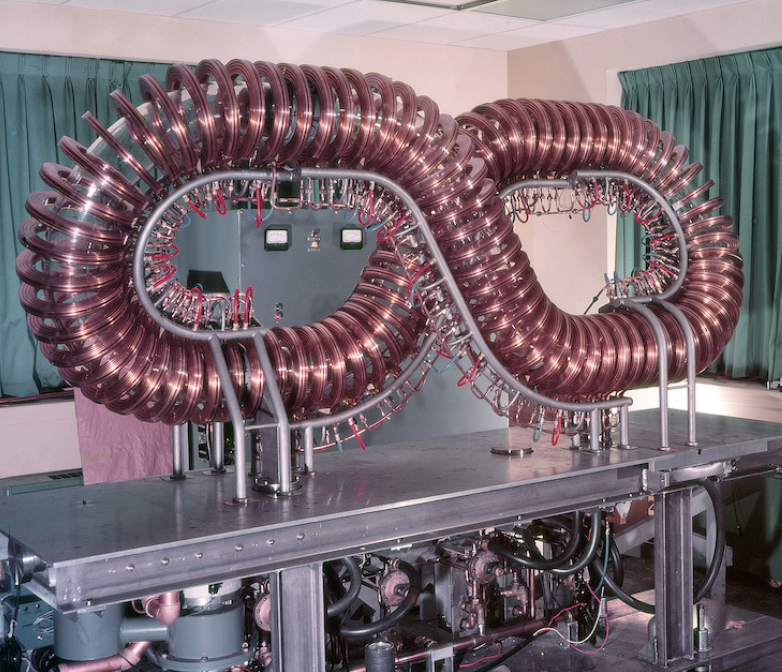
4.1/
After being built and achieving first plasma, Spitzer's device performed worse than expected at retaining plasma, by mid-1960s he was convinced it wouldn't work.
In 1968 Soviets released their tokamak data, and Princeton converted their stellarator to a tokamak.
After being built and achieving first plasma, Spitzer's device performed worse than expected at retaining plasma, by mid-1960s he was convinced it wouldn't work.
In 1968 Soviets released their tokamak data, and Princeton converted their stellarator to a tokamak.

4.2/
Stellarators regained popularity in 1984 when Allen Boozer discovered a simplifying set of symmetries that would enable us to design stellarators with far better confinement.
This is the basis for modern stellarators with twisty-coils based on 'hidden symmetries'
Stellarators regained popularity in 1984 when Allen Boozer discovered a simplifying set of symmetries that would enable us to design stellarators with far better confinement.
This is the basis for modern stellarators with twisty-coils based on 'hidden symmetries'

4.3/
The current best-in-class Stellarator is the beautiful, organic, and incredible work of art that is Wendelstein-W7X designed and built by Max Planck Institute in Germany (@PlasmaphysikIPP)
Here you can see the twisting mobius-like plasma and layers of magnets
The current best-in-class Stellarator is the beautiful, organic, and incredible work of art that is Wendelstein-W7X designed and built by Max Planck Institute in Germany (@PlasmaphysikIPP)
Here you can see the twisting mobius-like plasma and layers of magnets

4.5/
There are a few notable stellarator companies today, and they all compete on making magnet geometries simpler:
@renfusion, raised ~$20m and creates magnets first depositing layers of superconducting material on cylindrical sections, then cutting them to define the twists
There are a few notable stellarator companies today, and they all compete on making magnet geometries simpler:
@renfusion, raised ~$20m and creates magnets first depositing layers of superconducting material on cylindrical sections, then cutting them to define the twists

4.6/
@typeoneenergy raised ~$30m to 3D-print complex coil geometries, and is spun out of the University of Wisconsin-Madison, well-regarded in the stellarator and fusion community
@typeoneenergy raised ~$30m to 3D-print complex coil geometries, and is spun out of the University of Wisconsin-Madison, well-regarded in the stellarator and fusion community

4.7/
@TheaEnergy has spun out of @PPPLab, home of the first Stellarator, using a novel planar-shaping magnet design to allow them to use simplified large coils like a tokamak, and hundreds of smaller coils to correct the field.
@TheaEnergy has spun out of @PPPLab, home of the first Stellarator, using a novel planar-shaping magnet design to allow them to use simplified large coils like a tokamak, and hundreds of smaller coils to correct the field.
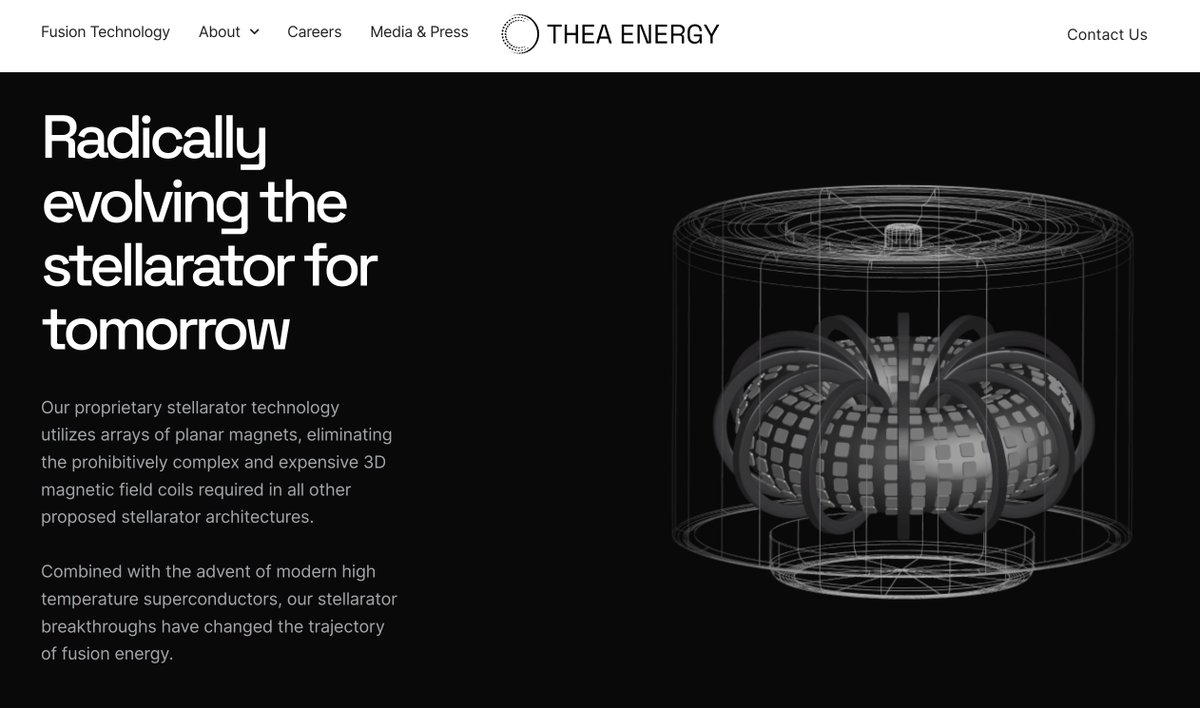
5.0/
Finally, the vanilla ice-cream of fusion reactor design, the Tokamak.
Tokamaks were invented by Soviets who first published data in 1968, that showed FAR better (3-4x) plasma confinement than any other reactor at the time
The Tokamak era started and hasn't stopped since
Finally, the vanilla ice-cream of fusion reactor design, the Tokamak.
Tokamaks were invented by Soviets who first published data in 1968, that showed FAR better (3-4x) plasma confinement than any other reactor at the time
The Tokamak era started and hasn't stopped since

5.1/
The Soviet Tokamak was so good, scientists didn't believe it, so USSR invited them to come see in person, and soon dozens were being built all over the world
By the 1970s, the conditions to reach fusion had been achieved in tokamaks, but not all at once in the same device
The Soviet Tokamak was so good, scientists didn't believe it, so USSR invited them to come see in person, and soon dozens were being built all over the world
By the 1970s, the conditions to reach fusion had been achieved in tokamaks, but not all at once in the same device

5.2/
Like a Stellarator, a Tokamak has a twisted magnetic field inside that keeps particles running in circles, like an infinite-length magnetic mirror.
Unlike a Stellarator, this twisted field comes from current driven in the plasma itself.


Like a Stellarator, a Tokamak has a twisted magnetic field inside that keeps particles running in circles, like an infinite-length magnetic mirror.
Unlike a Stellarator, this twisted field comes from current driven in the plasma itself.


5.3/
Tokamak's had a long and steady history of performance improvements, but at each new size new instabilities emerged.
In 1982 there was a breakthrough - it was found that with enough particle-beam heating, the tokamak would enter a new stable mode, "H-Mode"


Tokamak's had a long and steady history of performance improvements, but at each new size new instabilities emerged.
In 1982 there was a breakthrough - it was found that with enough particle-beam heating, the tokamak would enter a new stable mode, "H-Mode"


5.4/
All Tokamaks then targeted H-mode operation - far more stable, far superior.
In 1986 Gorbachev and Reagan met in Iceland to discuss how to cool off Cold-War tensions with an international collaboration project for energy production. @iterorg was born
All Tokamaks then targeted H-mode operation - far more stable, far superior.
In 1986 Gorbachev and Reagan met in Iceland to discuss how to cool off Cold-War tensions with an international collaboration project for energy production. @iterorg was born

5.5/
@iterorg is by far the largest fusion project ever attempted, and among the largest international science collaborations at around $35 billion USD.
10,000 tons of superconducting magnets, 3-story tall vacuum chamber, worlds largest cryostat. A civilization-scale project


@iterorg is by far the largest fusion project ever attempted, and among the largest international science collaborations at around $35 billion USD.
10,000 tons of superconducting magnets, 3-story tall vacuum chamber, worlds largest cryostat. A civilization-scale project


5.6/
There are more than a few companies seeking to commercialize Tokamak reactor designs, the standard work-house of the fusion world.
The best-in-class is @CFS_energy, spun out of MIT, who have raised $2 billion, which accounts for half of all private fusion funding worldwide
There are more than a few companies seeking to commercialize Tokamak reactor designs, the standard work-house of the fusion world.
The best-in-class is @CFS_energy, spun out of MIT, who have raised $2 billion, which accounts for half of all private fusion funding worldwide

5.7/
Their SPARC reactor is well under construction already.
The biggest problem for Tokamaks is, the large circulating plasma current, if unstable, explodes with many-sticks-of-dynamite energy against the walls. So, designs like SPARC and ITER are armored in tungsten tiles
Their SPARC reactor is well under construction already.
The biggest problem for Tokamaks is, the large circulating plasma current, if unstable, explodes with many-sticks-of-dynamite energy against the walls. So, designs like SPARC and ITER are armored in tungsten tiles

6.0/
So far, all the designs mentioned have plasmas that are inherently unstable, and must be stabilized with magnets.
However, there are a class of inherently stable plasmas, the 'compact toroids' - developed through the 1960s, first is the Field Reversed Configuration (FRC)
So far, all the designs mentioned have plasmas that are inherently unstable, and must be stabilized with magnets.
However, there are a class of inherently stable plasmas, the 'compact toroids' - developed through the 1960s, first is the Field Reversed Configuration (FRC)

6.1/
To understand what a compact toroid plasma is think of a smoke ring. The circulation of currents and gases are self-reinforcing, so overall the plasma can be stably 'blown' like a smoke ring
Many designs propose 'blowing' two plasma smoke rings to collide and reach fusion
To understand what a compact toroid plasma is think of a smoke ring. The circulation of currents and gases are self-reinforcing, so overall the plasma can be stably 'blown' like a smoke ring
Many designs propose 'blowing' two plasma smoke rings to collide and reach fusion

6.2/
The largest FRC ever developed in a publicly-funded lab was LSX, built at the University of Washington @UW
It seems natural then that companies pursuing FRC's for commercial fusion emerged from that same ecosystem in the pacific north-west
The largest FRC ever developed in a publicly-funded lab was LSX, built at the University of Washington @UW
It seems natural then that companies pursuing FRC's for commercial fusion emerged from that same ecosystem in the pacific north-west

6.3/
The most notable company pursuing FRC's is @Helion_Energy, which grew out of a small company called MSNW who proposed using FRC's as a fusion propulsion engine for space craft.
To-date Helion has raised $570 m dollars to build FRC's for energy, and perhaps one day, space.


The most notable company pursuing FRC's is @Helion_Energy, which grew out of a small company called MSNW who proposed using FRC's as a fusion propulsion engine for space craft.
To-date Helion has raised $570 m dollars to build FRC's for energy, and perhaps one day, space.
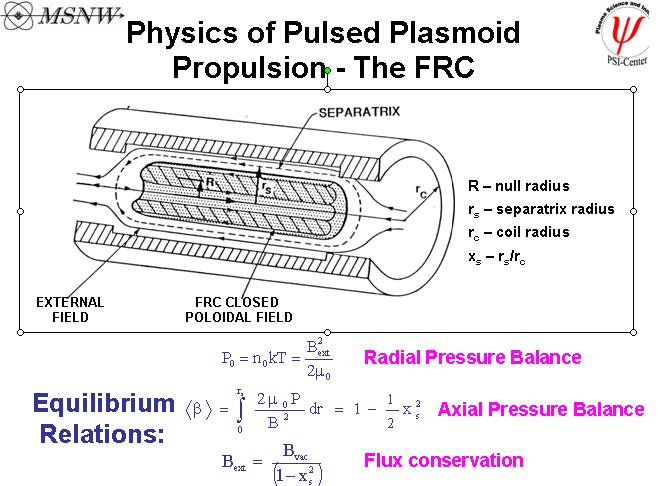

7.0/
Closely related to FRC's are another type of compact spheroid design, the Spheromak.
The major difference is Spheromaks have additional magnetic field lines generated by more circulating current.
Closely related to FRC's are another type of compact spheroid design, the Spheromak.
The major difference is Spheromaks have additional magnetic field lines generated by more circulating current.

7.1/
The theoretical innovation behind Spheromaks are what's known as Taylor states, where the time evolution of the plasma results in a self-consistent magnetic field.
The largest spheromak device in a public lab was the Compact Torus Experiment at Los Alamos
The theoretical innovation behind Spheromaks are what's known as Taylor states, where the time evolution of the plasma results in a self-consistent magnetic field.
The largest spheromak device in a public lab was the Compact Torus Experiment at Los Alamos

7.2/
Unfortunately Spheromak-based devices died out entirely when US-based fusion funding was cut dramatically in 1986.
@GeneralFusion has raised ~$320m to launch two spheromaks at each other, then compress using a rotating liquid metal liner.
Unfortunately Spheromak-based devices died out entirely when US-based fusion funding was cut dramatically in 1986.
@GeneralFusion has raised ~$320m to launch two spheromaks at each other, then compress using a rotating liquid metal liner.

To be continued!
• • •
Missing some Tweet in this thread? You can try to
force a refresh


